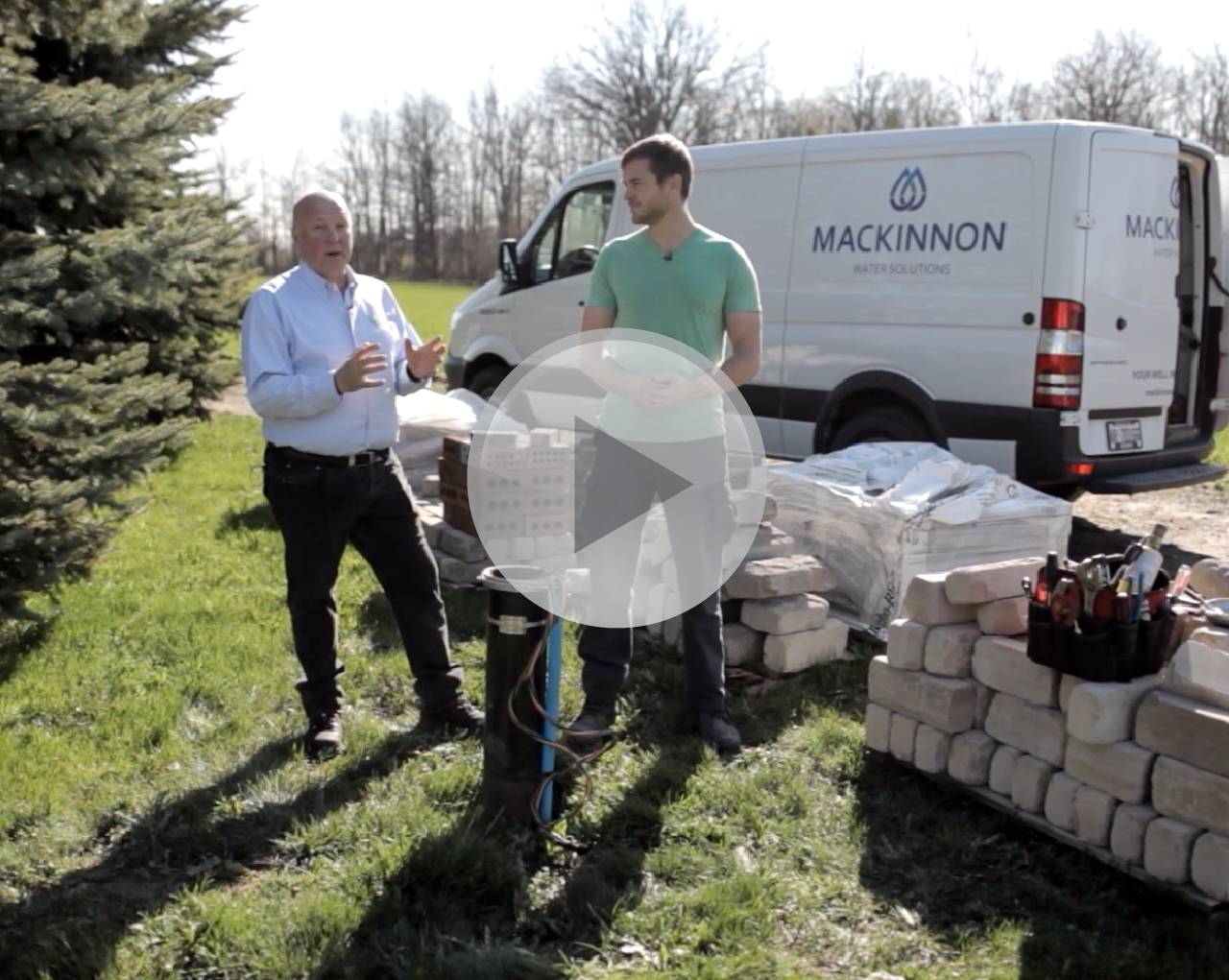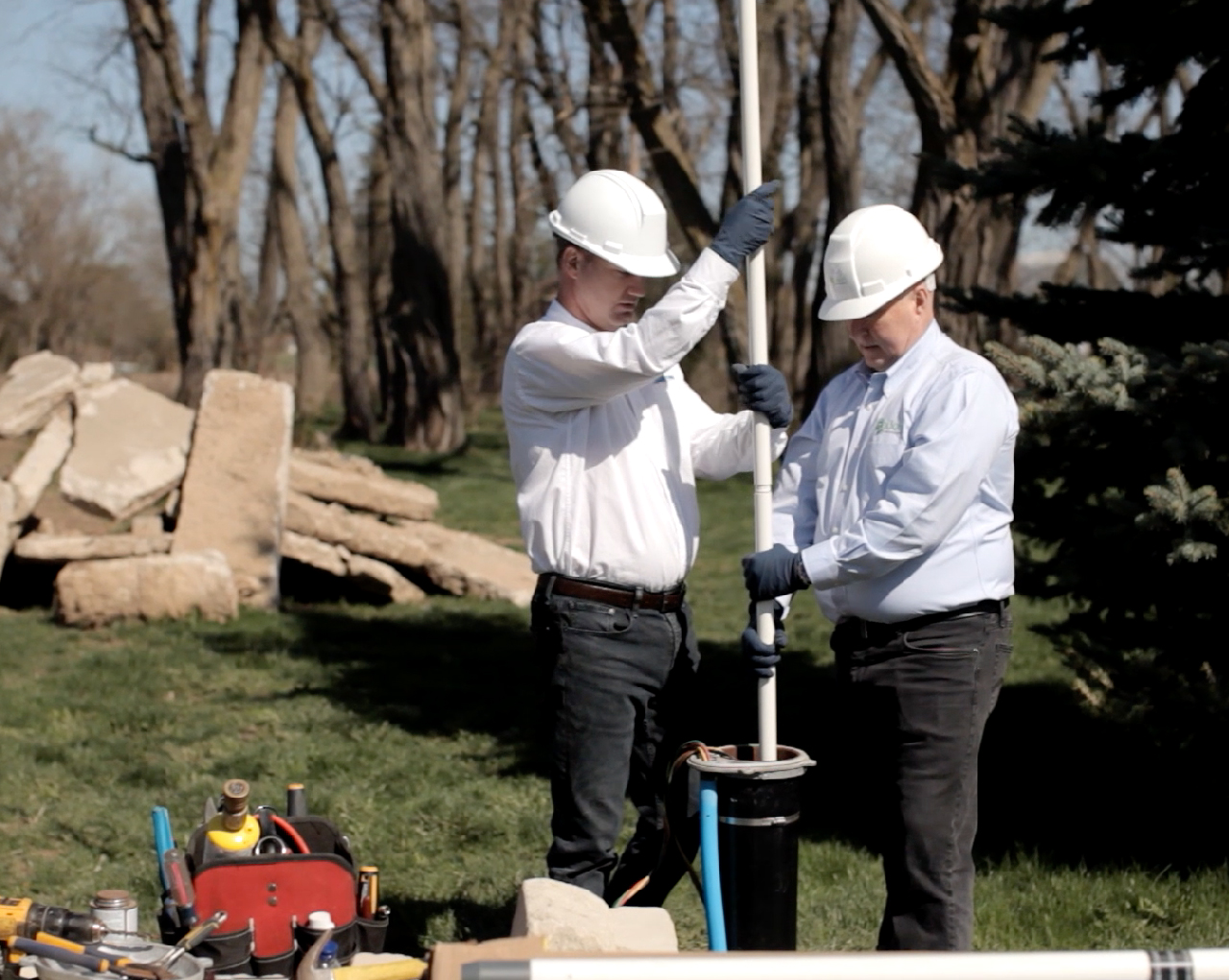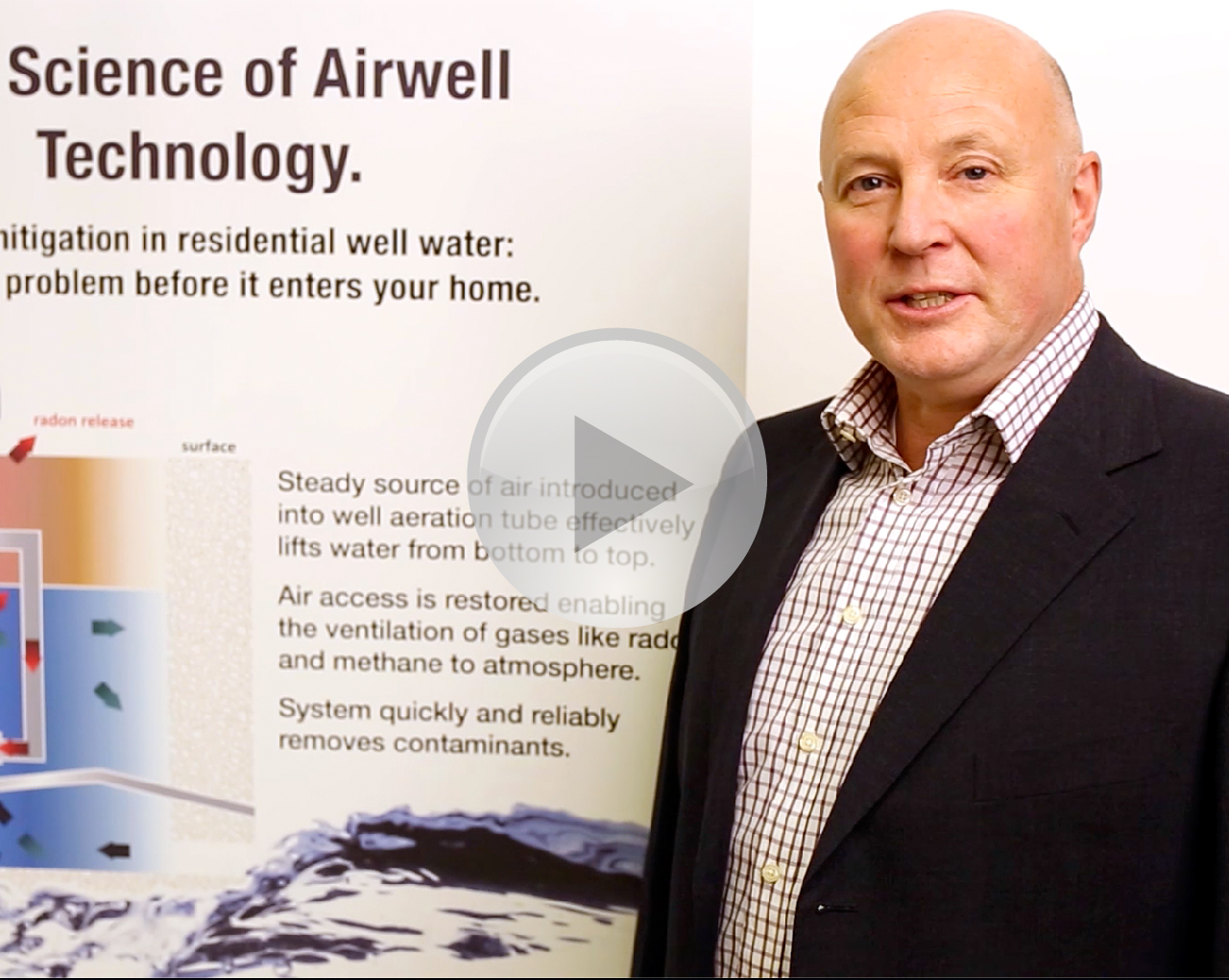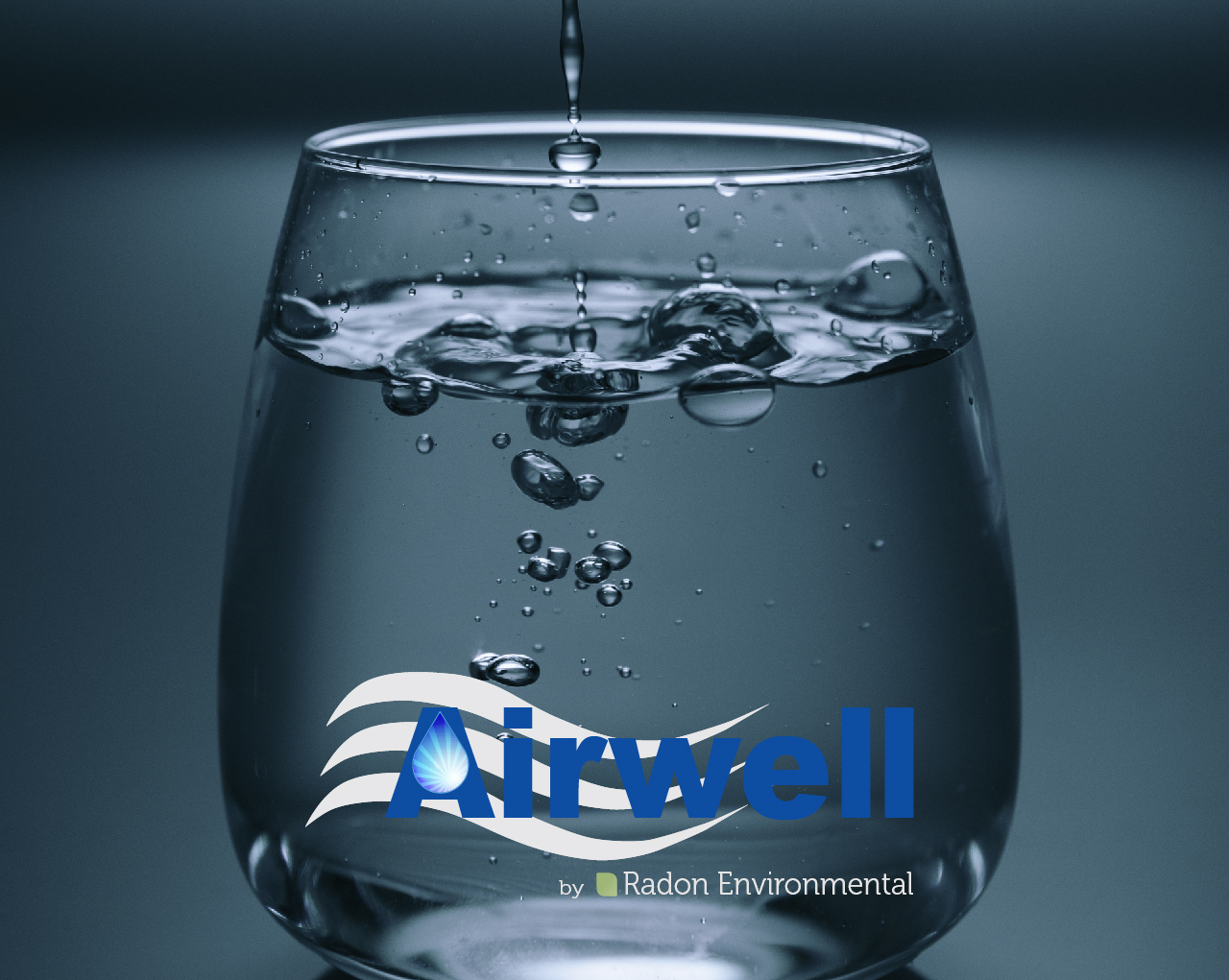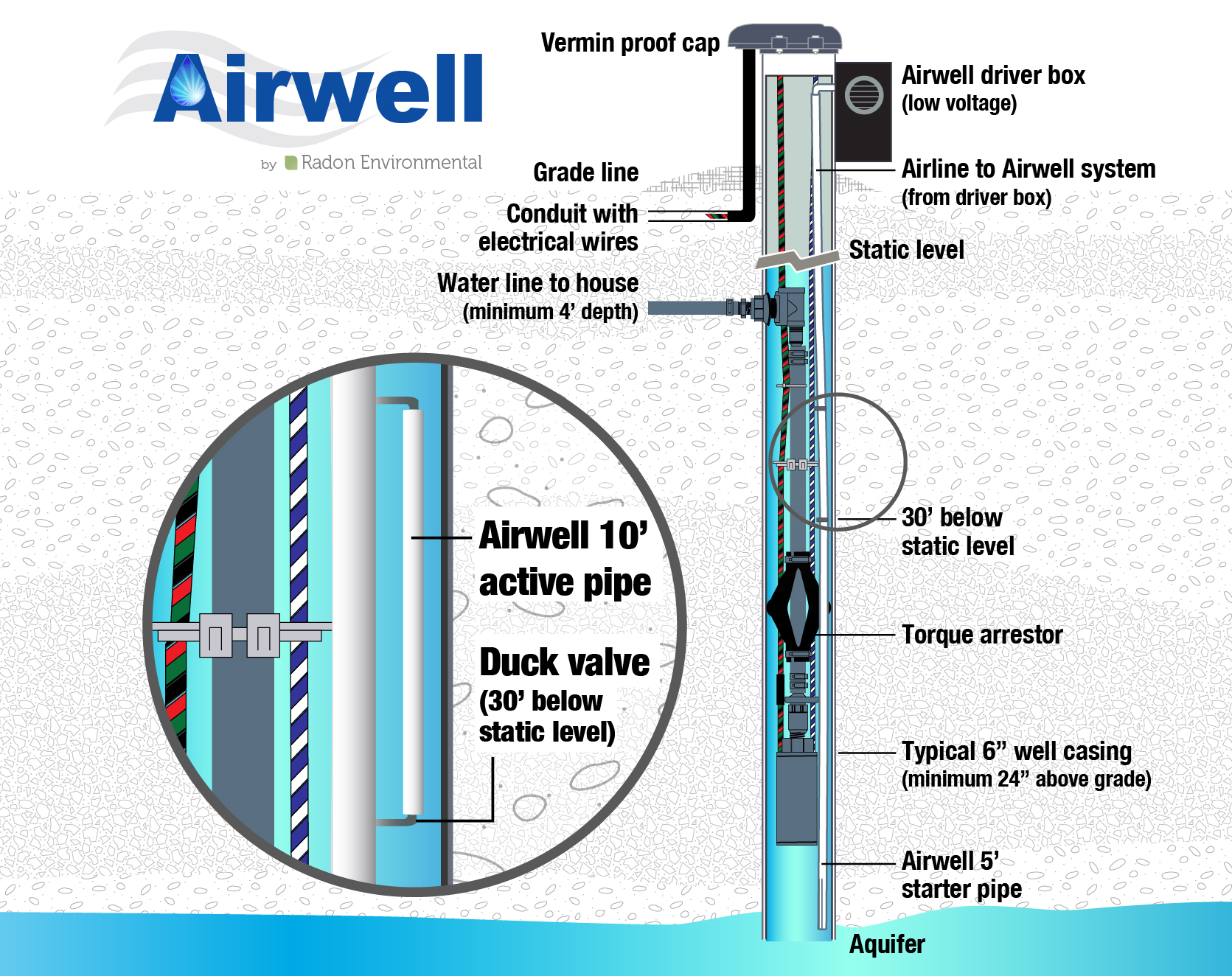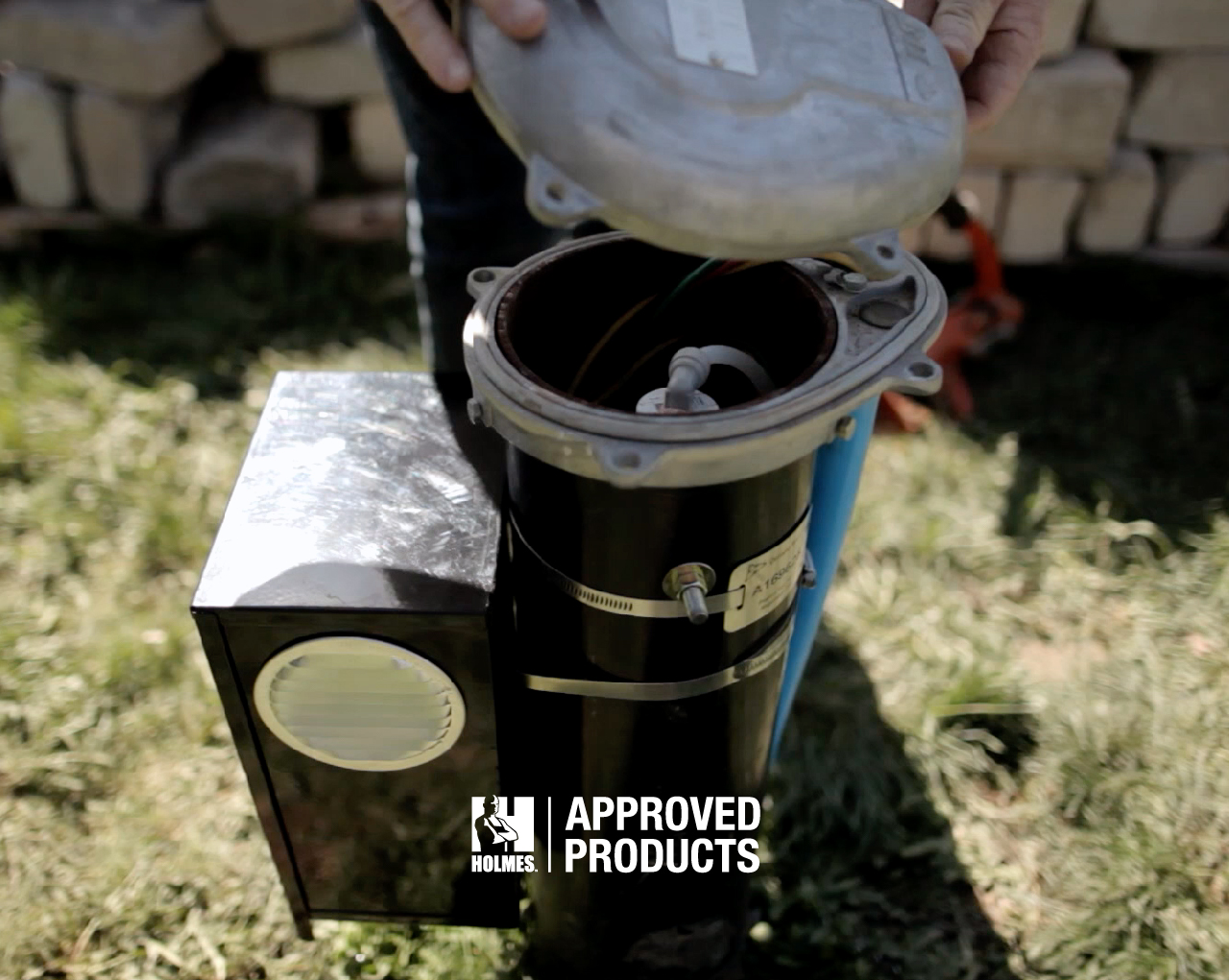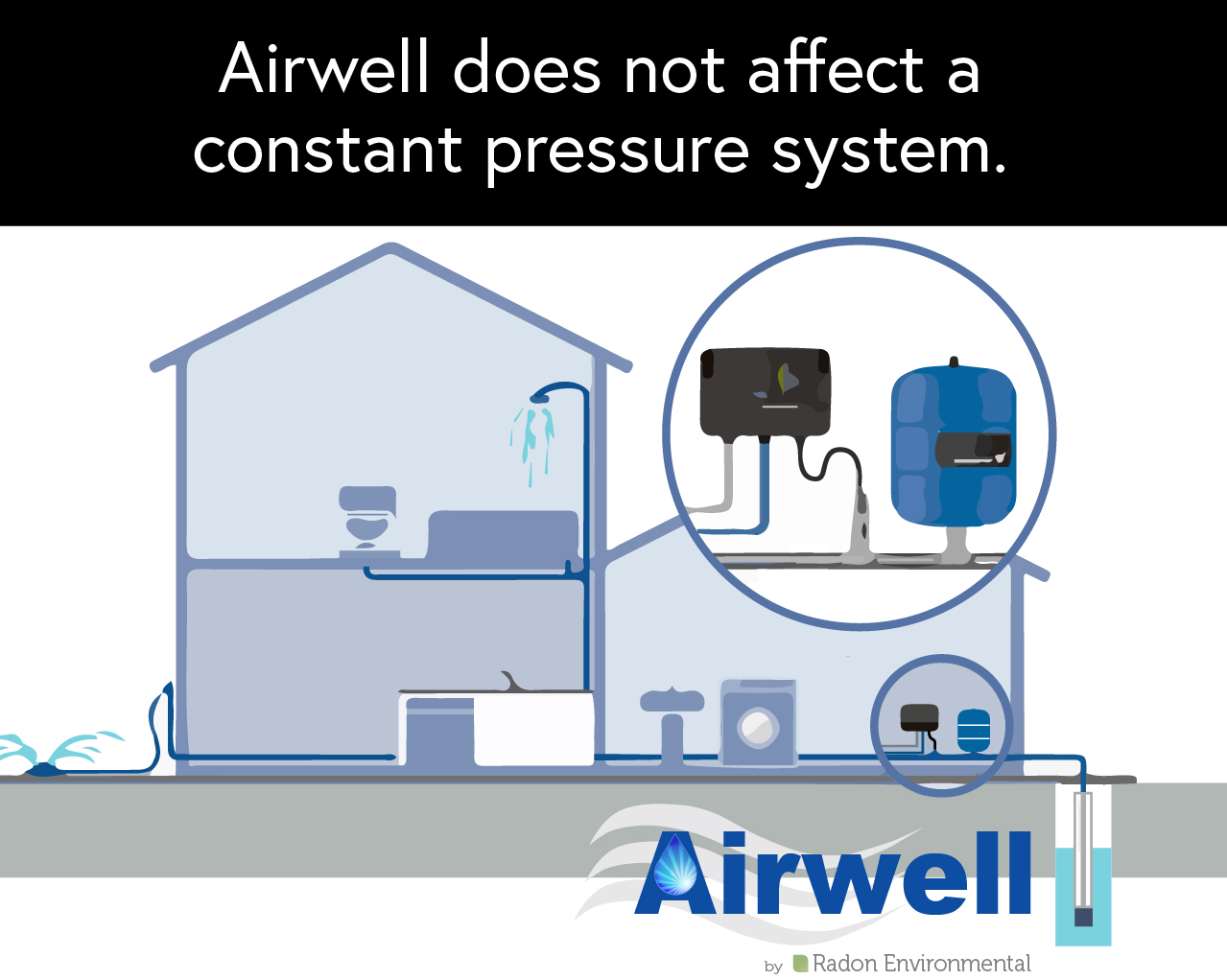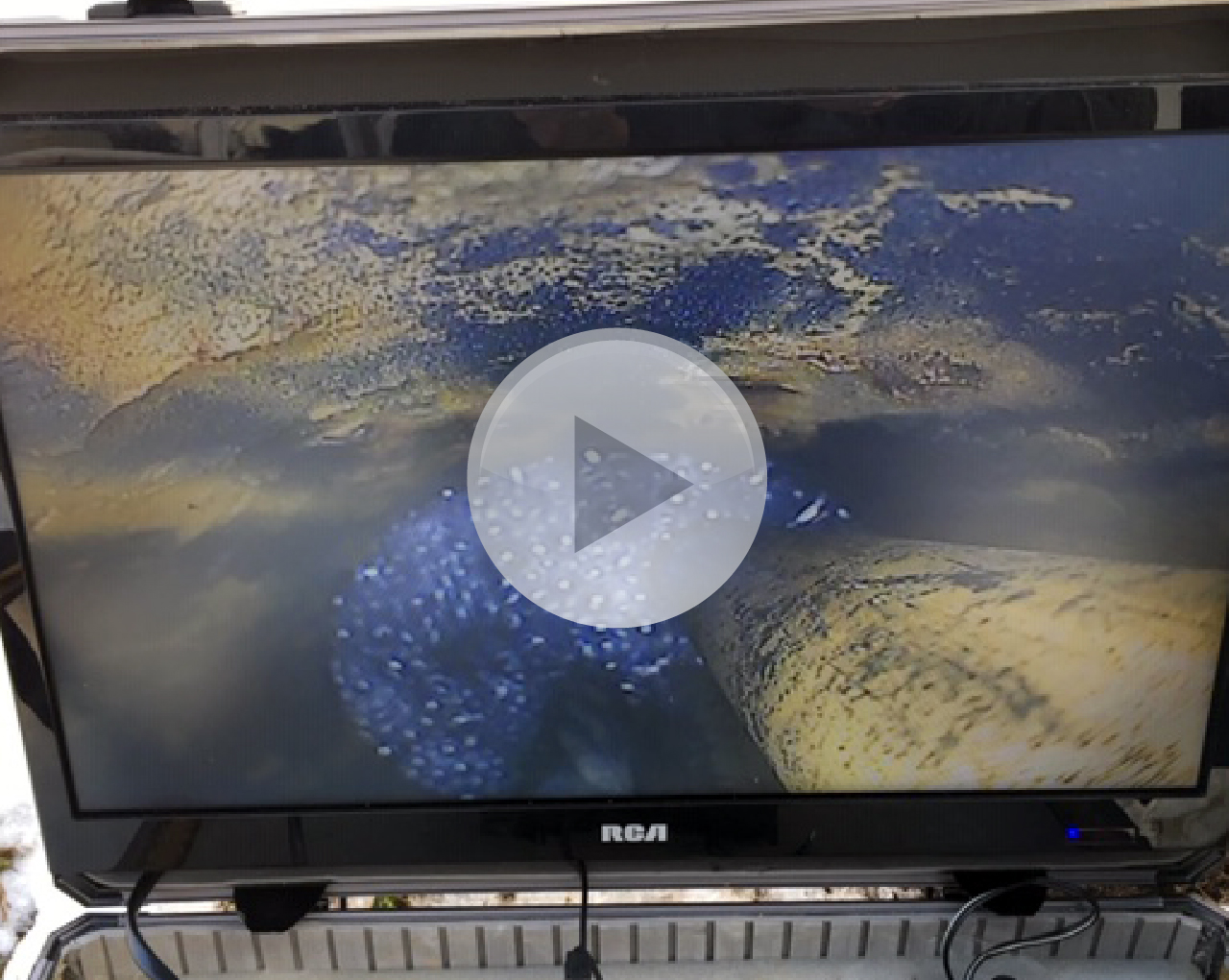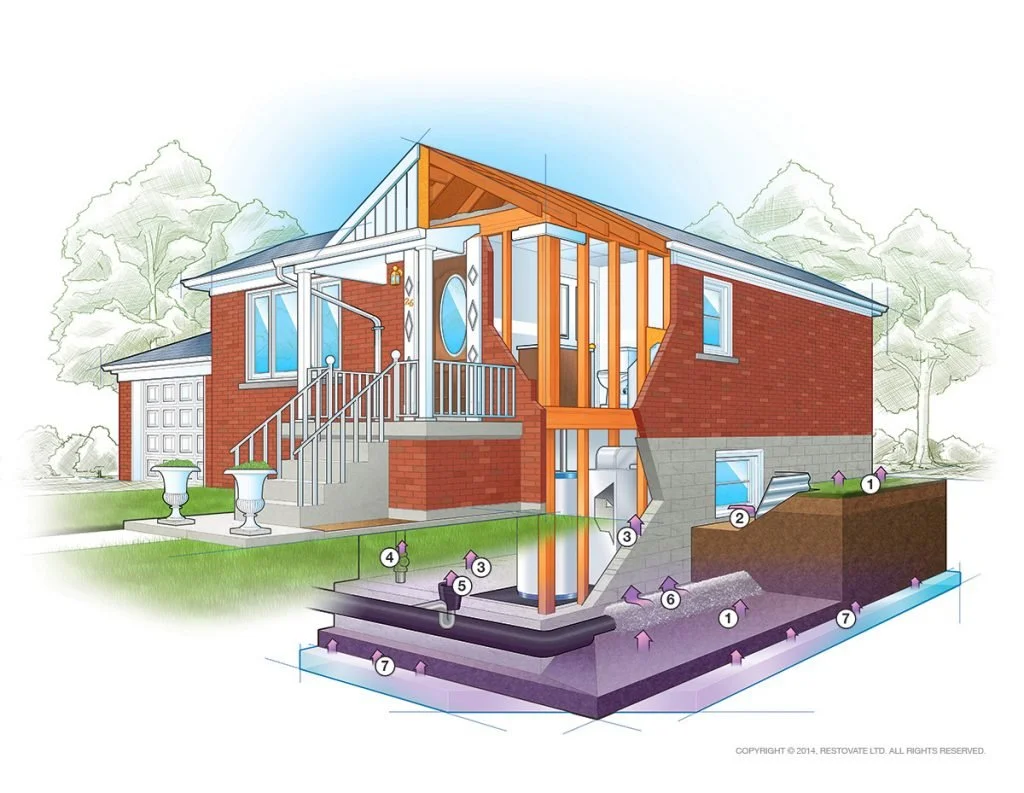All about Radon and Radon Mitigation System for Homeowners
What is radon?
Radon is a radioactive gas created from the decay of uranium minerals present in rock, soil and water. You cannot see, taste or smell radon. Outdoors there is little danger as radon is diluted in the open air. Indoors, radon can be trapped and become concentrated in enclosed poorly ventilated spaces resulting in a significant increased health risk.
Radon is the leading environmental cause of lung cancer and the second-leading cause of lung cancer next to smoking. Radon-induced lung cancer is preventable, Health Canada’s take action guideline is 200bq/m3. If your home tests above this take action guideline, a mitigation system should be installed.
Check out the Radon Potential Map of Canada.
What is Radon Mitigation?
RADON MITIGATION is the process used to reduce radon gas concentrations in the home or in a building.
What is a Radon Test?
The radon test is a test to identify the level of radon in your home. A radon test can be done by a professional home inspector or by yourself using a radon test kit or the radon tester. Testing radon can be a DIY project. Besides, there is also radon testing equipment for inspectors.
A radon test identifies the radon level in your home so you can make an informed decision and take action if necessary. You can purchase a long-term radon detector and test yourself or hire a certified radon professional to test for you.
Do I need to test for radon?
All homes have some amount of radon, the question is how much. Since you cannot see, taste or smell radon, scientific testing is needed for detection. Testing for radon is an important part of assessing your Indoor Air Quality and should be taken seriously to protect the health of everyone who enters your home. High levels of radon can lead to a significant risk of lung cancer.
Radon Mitigation in Well Water
Some radon stays in the water, drinking water containing radon also presents a risk of developing internal organ cancers, primarily stomach cancer. Radon is only a concern in your water if your drinking water comes from a well (groundwater). Water from wells can have high radon concentrations because radon is relatively insoluble in water.
Water use releases radon into the indoor air and contributes to the total indoor airborne radon concentrations. Radon can be off gassed in the shower, kitchen sink and through the laundry. Radon can be removed from our water using an aeration system, this can significantly reduce the level of radon in your water. The Airwell radon system lowers radon levels in well water up to 99%.
Solve the problem of radon in well water before water enters the home. Radon reductions up to 99%.
How does radon gas enter your home
1 . Soil
2. Windows
3. Cracks in walls & floors
4. Loose pipe fittings & support posts
5. Floor drains & sump pumps
6. Wall & floor joints
7. Ground water




